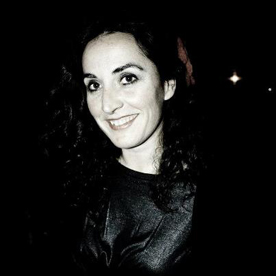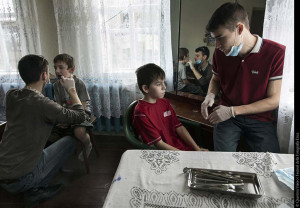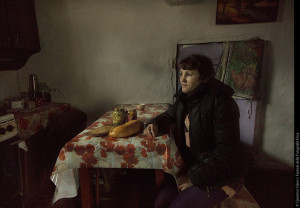Incontro: 30 anni da Chernobyl
Saturday 8 of october 2016 h 17.00 at Sala Granata of Biblioteca Laudense, via Solferino 72, Lodi.
The photographer Quintina Valero presents her reportage “Life after Chernobyl”
In April 2015 I decided to travel to Ukraine to find out about the implications of Chernobyl’s nuclear disaster. 30 years after the Chernobyl’s disaster thousands of people are still living under a threatening cloud. Radiation has been detected in previously non-affected areas with devastating implications affecting people and the environment. The radiation is, and continues to be, their invisible enemy.
In my first trip, I visited the 30km exclusion zone included the Chernobyl’s nuclear plant and different villages where people are still living. For my research I interviewed liquidators, doctors working at the National Institute Cancer Research, NGOs working with victims of Chernobyl, scientists who are studying NDA modification in plants and human beings and families directly affected by the accident.
I become very interested in remote areas, which are still contaminated by radiation and families who after being evacuated in the 90s returned to their lands. In November 2015 I travelled to Narodichi district, an area almost forgotten by the Government and its people. Together with Pryvit, a German NGO that invites children from families affected by Chernobyl’s accident to Germany for recuperative holidays, we visited 14 villages and 37 families.
These pictures portray life from the Narodichi district, 50 kilometers southwest of Chernobyl’s nuclear plant, one of the worst hit areas hit and only detected six year after the explosion. Almost 100,000 people were affected of which 20,000 were children.
What was previously a prosperous area has become one of the poorest regions in Ukraine today. The effects of radiation, alongside the collapse of collective farming due to the fall of the Soviet Union, have had tragic consequences for the local people and their land.
Though evacuation was enforced in 1991, many families are still living in Narodichi town and nearby villages. They believed in their land, refusing to accept an invisible radiation that is less tangible than their sense of belonging. Others occupied evacuated houses after fleeing poverty and war in former Soviet Union countries.
Families were advised not to eat produce from their land but poverty had left them with no option but to return to farming. This has lead to birth’s malformations, cardiovascular diseases, weak immunological system effects, and an increase in various types of cancer and infant mortality.
Though DNA modification has been proven in plants and people, the effect of radiation is still uncertain. Local people complain the authorities are not doing enough to ensure a safe environment, especially in remote villages where people have limited access to hospitals and doctors. Many of those families rely on international aids for medical treatments.
These photographs are a testimony of people’s survival, their struggle to start a life and create a turning point in the history of Chernobyl.
Text by Quintina Valero
Quintina Valero

Quintina Valero is a documentary and press photographer from Spain. After a career in finance she moved to London in 2001 where she studied Photojournalism at the London College of Communication. Her documentary work focuses on human rights and humanitarian crisis. She has documented nomadic lives that included Bedouins, travellers and gypsies for several years. Her passion to learn about their identity and culture took her to the Balkans, Jordan, France, Spain and England, documenting their traditions, festivities and rituals. From 2014 she is documenting the situation of migrants in Europe. Her latest project about sex trafficking has been published at The Guardian.
In 2015 she joined Food of War, a multidisciplinary art collective dedicated to explore the relation between food and war through art. For the 30th anniversary of the Chernobyl disaster, Quintina and its collective created a touring exhibition en Europe “Clouded Lands” to raise awareness of the implication of the accident in people and environment. Quintina’s work has been exhibited in London, Spain, Germany and Ukraine.









